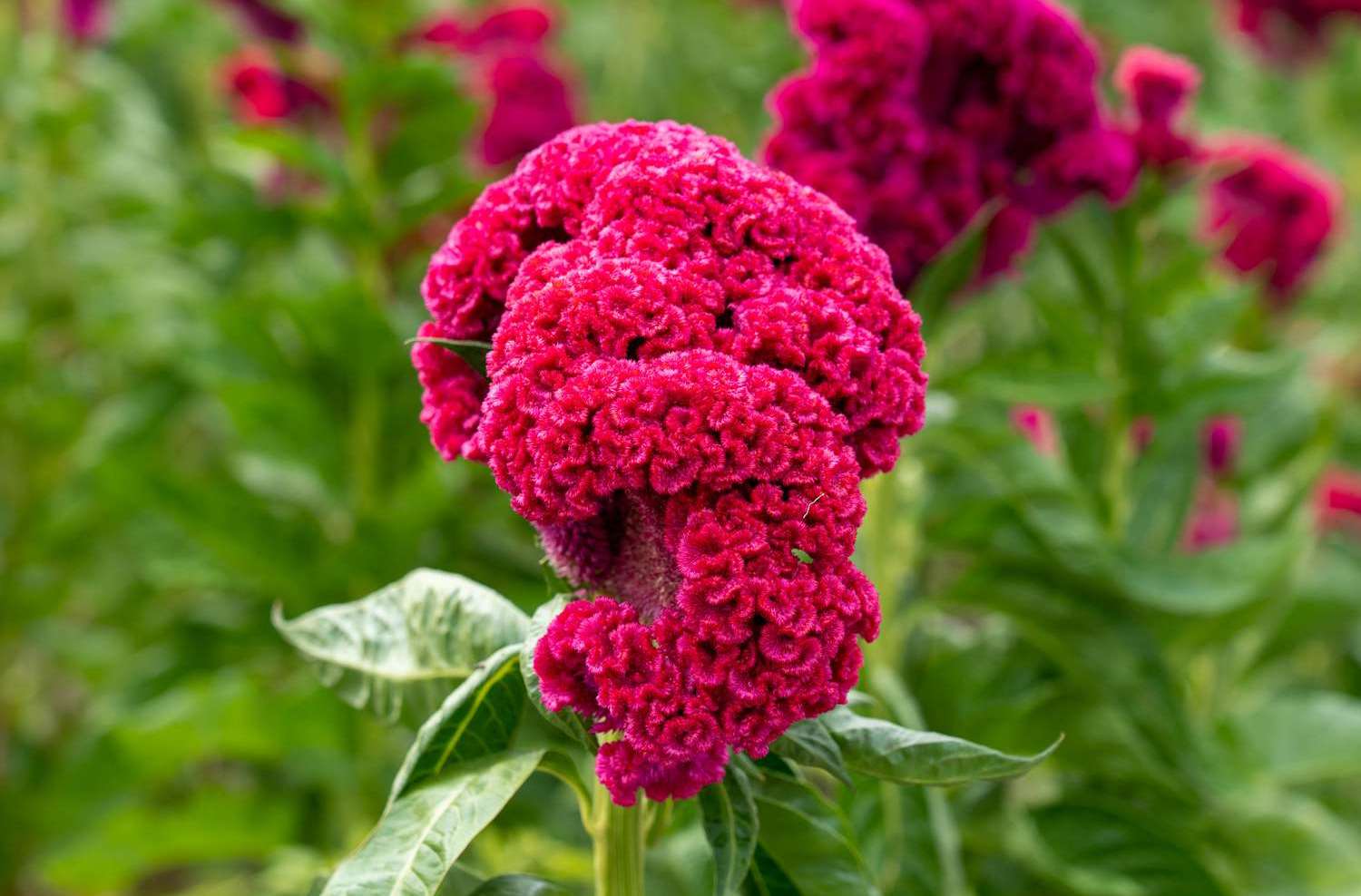Prime
Self-seeding flowers to enhance your outdoor

Celosia
What you need to know:
- Self-seeding flowers thrive with minimal care if you follow a few key guidelines. To support seed production, create an environment where seeds can fall and germinate.
Self-seeding flowers add charm and vibrancy to outdoor spaces while attracting pollinators and supporting local ecosystems. They require very little maintenance and can turn your garden into a lively display of different textures and colours. Whether in sunny spots or shaded areas, self-seeding flowers thrive and spread joy wherever they grow.
Bruno Sserunkuuma, a landscaper at Cheshan Inspired Tropical Landscapes Uganda, suggests making self-seeding flowers a top choice for your garden. They are low-maintenance, spreading naturally and giving your garden a timeless, effortless look.
He says, “They not only add vibrant colours, shapes, and textures to outdoor spaces, changing with the seasons but also attract pollinators, support local ecosystems, and promote biodiversity.”tract pollinators, support local ecosystems, and promote biodiversity.”
Here are some self-seeding flowers that can beautify your outdoor space:
Zinnias
These are one of the most common self-seeding plants that will create a massive burst of colour in your garden throughout the year. They are annual plants that are best planted from seed and they are not only perfect as cut flowers but also attract pollinators like butterflies and hummingbirds. They have bright, solitary, daisy-like flower heads on a single, erect stem and come in three main kinds; single, semi-double, or double depending on the number of rows of petals and whether or not the center of the flower is visible.

Zinnias
Marigolds
The bright yellow and orange marigolds repel pests and attract beneficial insects. Though they grow in almost any soil, marigolds do best in moderately fertile, well-drained soil.
“Once established,” Sserunkuuma says, “pinch off the tops of the plants to encourage them to grow bushier. Marigolds do not require deadheading, but if dying blossoms are regularly removed, it will encourage the plant to continue blooming. Allow some time between watering but may need more water in hot seasons.”
Cosmos
These are beautiful, delicate and feathery flowers in the shades of pink, white red and purple and usually attract butterflies. They are easily grown from seeds and are commonly used in floral arrangements as a border plant. Cosmos are resistant to pests and diseases but can be susceptible to aphids and powdery mildew. They are also known as the butterfly flower because of their ability to attract butterflies.
Globe amaranth
Globe amaranth produces bright, clover-like flowers in shades of pink, purple, white, and red, arranged in a globe-shaped inflorescence. Globe amaranth prefers well-draining soil, full sun, and regular watering. Globe amaranth is easy to grow from seed and can be directly shown in the garden and is resistant to pests and diseases but can be susceptible to aphids, whiteflies, and powdery mildew.

Globe amaranth
Asters
They produce daisy-like flowers in a range of colours, including pink, purple, blue, white, and red. They prefer well-draining soil, full sun to partial shade, and regular watering. Asters are easy to grow from seed or division and are resistant to pests and diseases but can be susceptible to aphids, powdery mildew, and root rot.
Marguerite plant
Marguerite is a beautiful and low-maintenance addition to any garden or container or a border plant. It produces white, pink, or yellow daisy-like flowers with yellow centers. “It prefers well-draining soil, full sun, and regular watering. Although the plant is self-seeding, it can also be grown from cuttings or division. Marguerite is generally resistant to pests and diseases but can be susceptible to aphids, whiteflies, and root rot,” he notes




